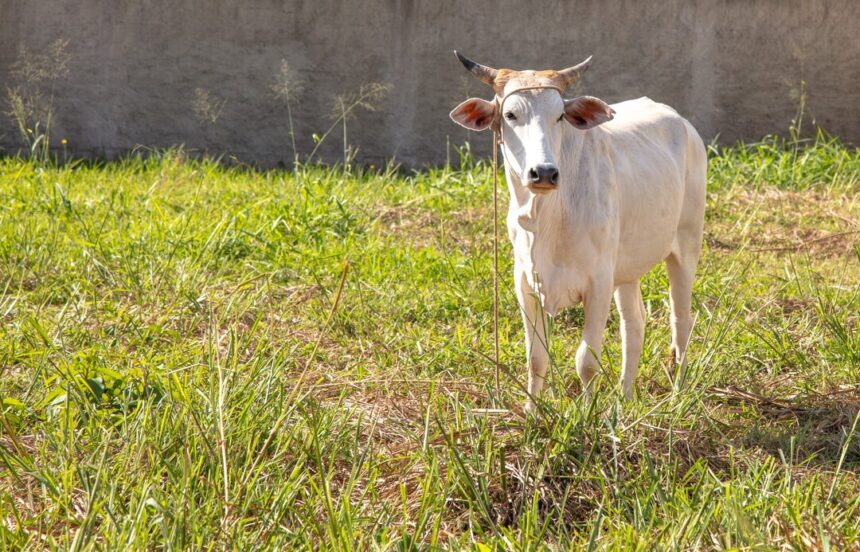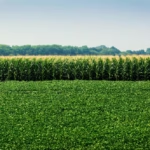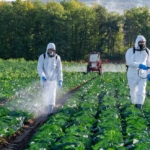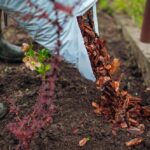Chianina cattle, renowned for their majestic stature and exceptional meat quality, have gained recognition worldwide as a prized breed in the beef industry. Originating from Italy, these robust animals have found their way into various regions, including South Africa, where they thrive in diverse farming landscapes. For those considering breeding and farming Chianina cattle in South Africa, understanding key aspects of their management and husbandry is essential. In this article, we’ll delve into ten crucial insights to help you embark on a successful journey with Chianina cattle in the South African context.
1. Origins and History:
Chianina cattle trace their origins back to the Chiana Valley in Tuscany, Italy, where they have been bred for centuries. Recognized as one of the oldest cattle breeds in the world, Chianina cattle have a rich history deeply intertwined with Italian agriculture and culture.
2. Remarkable Size and Appearance:
One of the most striking features of Chianina cattle is their impressive size and stature. Known as the tallest and heaviest breed of cattle, Chianinas exhibit a distinctive white coat and a robust build, with bulls often reaching heights of over six feet at the shoulder.
3. Adaptability to South African Conditions:
Chianina cattle have demonstrated remarkable adaptability to various climates and environmental conditions, making them well-suited to South Africa’s diverse farming landscapes. From the fertile pastures of the Highveld to the arid regions of the Karoo, Chianinas thrive on quality forage and adequate management.
4. High-Quality Meat Production:
Chianina cattle are renowned for their exceptional meat quality, characterized by lean muscle mass, tenderness, and superior flavor. Their high growth rates and efficient feed conversion make them desirable for beef production, offering farmers a lucrative market for premium-quality meat.
5. Breeding Considerations:
When breeding Chianina cattle, selecting superior breeding stock with desirable traits is paramount. Focus on traits such as growth rate, muscling, structural soundness, and reproductive efficiency to enhance the genetic potential of your herd and achieve desired production outcomes.
6. Nutrition and Feeding Requirements:
Providing adequate nutrition is essential for optimizing the growth and development of Chianina cattle. Ensure access to high-quality forage, supplemented with balanced rations to meet their nutritional requirements for growth, reproduction, and maintenance.
7. Health and Disease Management:
Maintaining the health and well-being of Chianina cattle requires diligent disease prevention and management practices. Implement routine vaccinations, parasite control, and biosecurity measures to safeguard your herd against common diseases and minimize the risk of outbreaks.
8. Handling and Husbandry Practices:
Effective handling and husbandry practices are essential for the welfare of Chianina cattle and the safety of farm personnel. Invest in well-designed handling facilities, employ low-stress handling techniques, and provide adequate shelter and amenities to ensure the comfort and safety of your animals.
9. Marketing and Market Opportunities:
Explore various marketing channels and opportunities to showcase the superior quality of Chianina beef to discerning consumers. Partner with reputable meat processors, retailers, and restaurants to access premium markets and capitalize on the growing demand for high-quality beef products.
10. Continuous Learning and Improvement:
As with any farming enterprise, continuous learning and improvement are key to success in breeding and farming Chianina cattle. Stay informed about industry trends, best practices, and emerging technologies, and be open to adopting innovative strategies to enhance the productivity and profitability of your operation.
Breeding and farming Chianina cattle in South Africa present exciting opportunities for livestock producers to capitalize on the breed’s exceptional qualities and premium market potential. By understanding their origins, remarkable attributes, and management requirements, farmers can embark on a rewarding journey with Chianina cattle, contributing to the success and sustainability of the beef industry in South Africa.








